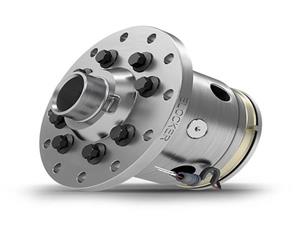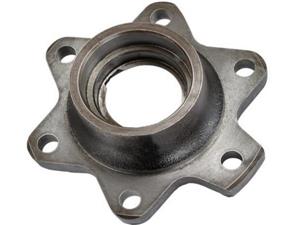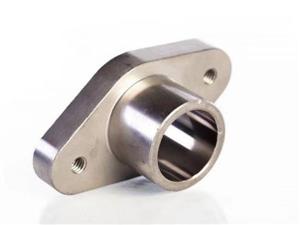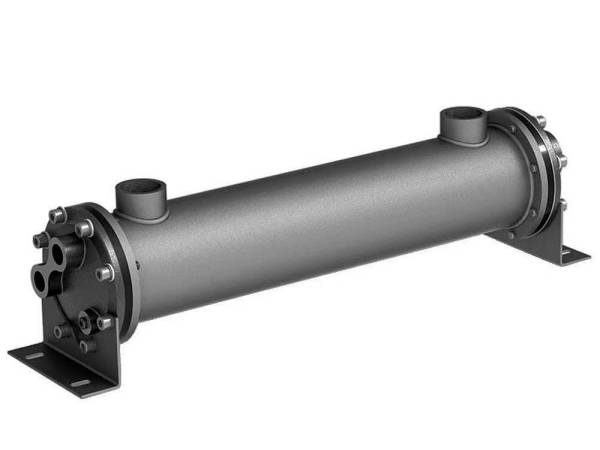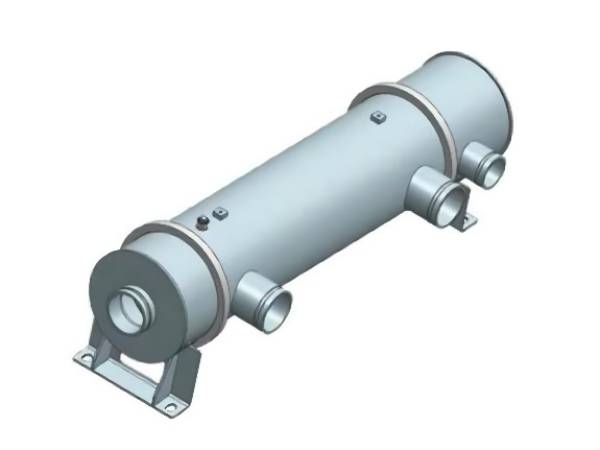The difference between cast iron and cast steel
Cast iron usually refers to gray iron, ductile iron, and malleable iron. It is a cast iron with a carbon content higher than 2%. Cast steel usually refers to ordinary carbon steel and alloy steel. It is a steel casting with a carbon content of less than 2%. Therefore, there is not much difference in chemical composition and raw materials between cast iron and cast steel.
1. Corrosion resistance
In terms of corrosion, iron has better corrosion resistance than steel. But this does not mean that both are not corroded. If left unprotected, both metals will oxidize in the presence of water. Ultimately, they will completely decompose. To prevent this situation, it is recommended to coat steel and cast iron castings.
2. Cost
Cast iron is usually cheaper than cast steel because the material cost, energy, and labor required to produce the final product are lower. Although coarse steel is more expensive, there are also prefabricated forms of steel. These include plates, bars, rods, pipes, and beams.
3. Castability
Cast iron is relatively easy to cast because it is easy to pour and does not shrink like steel. This fluidity makes cast iron an ideal metal for buildings or ornate iron structures such as fences and street furniture.
Advantages of cast iron:
The good casting properties of gray iron are good shock absorption, good wear resistance, good machinability and low notch sensitivity. As for the higher grade gray iron, it can bear a larger load and has a certain degree of sealing or corrosion resistance. This allows for more important castings such as cylinders, gears, bases, flywheels, pistons, gearboxes, brake wheels, etc.
Ductile iron and malleable iron have high strength, ductility, heat resistance, and toughness. So for wider applications, in some cases, it can replace carbon steel.
Advantages of cast steel:
The main advantage of cast steel is its flexibility in design. Casting designers have the greatest freedom of design choice. This allows for complex shapes and hollow cross-sectional parts.
Cast steel has the flexibility and strongest variability of metallurgical manufacturing. Different chemical compositions and controls can be selected to meet the various requirements of different projects. This provides different heat treatment options within a wider range of mechanical and performance. It also provides good weldability and processability.
Cast steel is an isotropic material that can be made into integral structural strength steel castings. This improves the reliability of the project. Combined with design and weight, the advantages of short delivery time, price, and economy give cast steel a competitive advantage.
The weight range of steel castings is larger. A very small weight can be a precision investment casting of only a few tens of grams. The weight of large steel castings can reach several tons, tens of tons, or hundreds of tons. Steel castings can be used for various working conditions. Its mechanical properties are superior to any other casting alloy, as well as high alloy steel for various special purposes.

